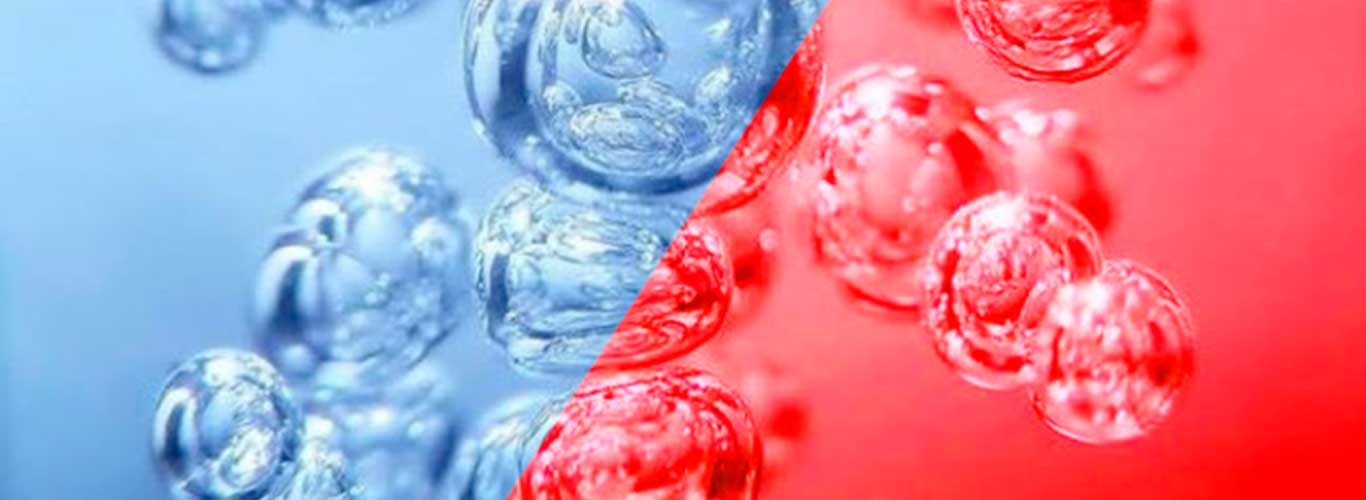
Abstract
Treating severe lung diseases with extracorporeal membrane oxygenation (ECMO) is often accompanied by serious complications, restricting applicability and adversely affecting outcomes. Membrane oxygenators, based on hollow fiber membranes (HFM), are a central ECMO component. Here, current designs are reaching their limits regarding hemocompatibility and gas transfer efficiency. Three-dimensional structures, based on triply periodic minimal surfaces, can provide superior hemodynamics. However, previous 3D membrane structures don’t provide the required channel scale and gas transfer performance. In this study, we have fabricated 3D microstructures and tested them in vitro against state-of-the-art HFM. The 3D structure provided gas transfer coefficients within 50 and 45% of the HFM’s value for oxygen and carbon dioxide, respectively. Specific pressure drops within the 3D structure are more than ten times lower than in the HFM. Combining these aspects, the 3D structure showed 51and 33% higher mass-transfer efficiency for oxygen and carbon dioxide, respectively. By further reducing channel scale, the 3D structure can help to miniaturize oxygenators while maintaining efficiency. Thereby, the invasiveness of ECMO could be reduced to improve outcomes. Our approach for the design and manufacturing of 3D membrane microstructures can be transferred to other mass-transfer applications like bioreactors or microfluidic cell culture.
